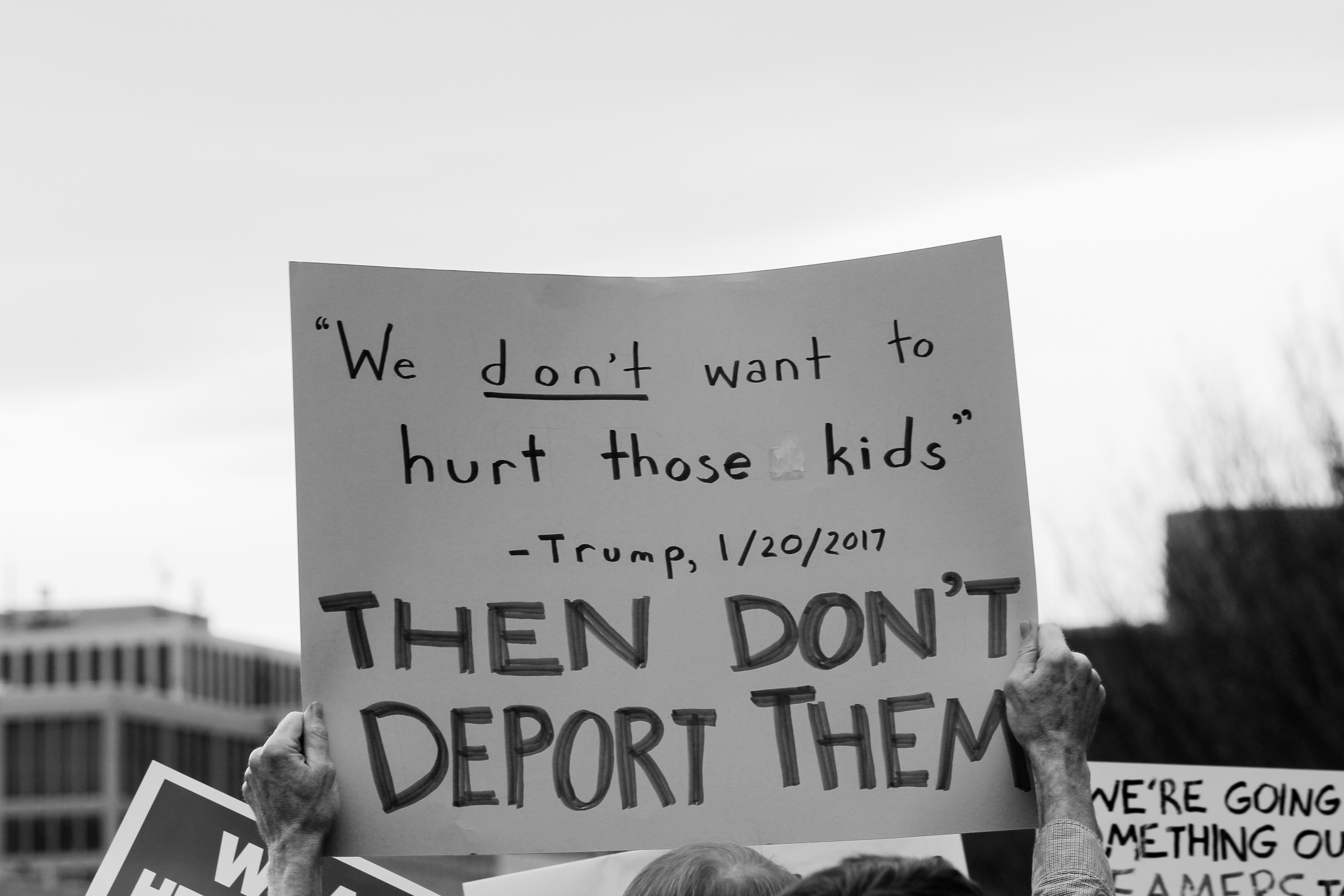Sanctuary Cities: A Last Hope

On January 25, Donald trump passed the fourth executive order of his Presidency. The order is framed under the guise of “Enhancing the Public Safety in the Interior of the United States.” It is cracking down on the enforcement of immigration laws through the addition of 10,000 immigration officers, and granting more power to these officers by leaving it up to the judgement of an immigration officer as to whether or not illegal immigrants “pose a risk to public safety or national security.” Section Nine of the order heavily targets sanctuary cities by withholding federal funding from sanctuary jurisdictions, unless it is for law enforcement purposes. It goes so far as to “make public a comprehensive list of criminal actions committed by illegal immigrants,” with the intended purpose of “better inform(ing) the public regarding the public safety threats associated with sanctuary jurisdictions.”
Sanctuary cities in the U.S. have a long history of safeguarding illegal immigrants. Both de facto and de jure sanctuary cities exist in the U.S., but they all have the intention of limiting cooperation with federal immigration enforcement. The main aspect of a sanctuary city or county comes in towards the end, at the most defining point, of the deportation process. This process usually begins the same way a normal arrest would begin; a police officer arrests someone for something unrelated to citizenship and they are taken to jail. In jail, their fingerprints are taken and sent to the FBI, who sends them to Immigration and Customs Enforcement (ICE). If ICE determines that the person is an illegal immigrant, they will send the jail a detainer request. A detainer request asks the county jail to keep the person for extra days, so that ICE can begin deportation proceedings. At this point, a jail can either accept or reject the detainer request. Jails in non-sanctuary cities almost always accept the detainer request, which means the person will stay in jail during the deportation proceedings. Eventually, they could be deported. In sanctuary cities, jails almost never accept the detainer request and the person is released once the criminal case is complete.
From this baseline, cities can add their own protections for illegal immigrants. San Francisco, Los Angeles and Chicago have set up funds to provide legal services to both documented and undocumented immigrants. Many sanctuary cities do not allow police to stop citizens with the sole purpose of checking their citizenship status. Although, many county officials in sanctuary jurisdictions want to make the clear distinction that it is not blanket protection for illegal immigrants; it is protection for most illegal immigrants who do not pose any safety threats. Sanctuary cities range in size, from Aberdeen, Washington to New York City. Not surprisingly, sanctuary cities and counties are concentrated in liberal areas of the country. Republicans have been and continue to be big opponents of sanctuary cities, as is apparent by Trump’s executive order.
Yet, sanctuary cities have never been safe from Presidential criticism and action. They actually gained importance under President Obama due to his administration’s insistence that local authorities comply with ICE and hold unauthorized immigrants. In 2014 the issue was brought to a federal court, which ruled that local authorities did not have to comply. Thus, sanctuary cities had real leverage with ICE. The Obama administration went to further efforts to deter the power of sanctuary cities by implementing a policy that put prisoners finishing their sentences in the hands of ICE if ICE was seeking to deport them. Immigration officials may defer to local authorities, but they would choose to do so based off of the local authority’s general compliance with ICE. Thus, sanctuary cities would rarely, if ever, be referred to. This policy was widely praised by Republicans. While Obama never threatened to take funding away from sanctuary cities, as Trump is doing, he worked against them in other significant ways.
No matter who is in the White House, the federal government has never been supportive or cooperative with sanctuary cities. In the “polarized” Obama and Trump administrations, the federal government has and continues to put enormous amounts of effort into superseding and working around sanctuary cities. Yet, fortunately, many local governments across the country are standing their ground and not being dissuaded by federal attacks. This disconnect between federal and local policy stems from the federal level’s removal from this issue. To them, this is about national security and they cannot see the humanitarian side of the issue. To local governments, these are kids that go to school with your kids, people you see at church, and they cannot possibly look past the humanitarian side of the issue.
Despite the tumultuous policy wars over sanctuary cities, it is becoming increasingly important that sanctuary cities hold their ground and resist working with ICE. Immigrants across the country rely on sanctuary cities to keep their families together. They will be for the next four years, as they were during Obama’s administration, a last line of defence for immigrant families. Fortunately, so far, they show no signs of backing down.
